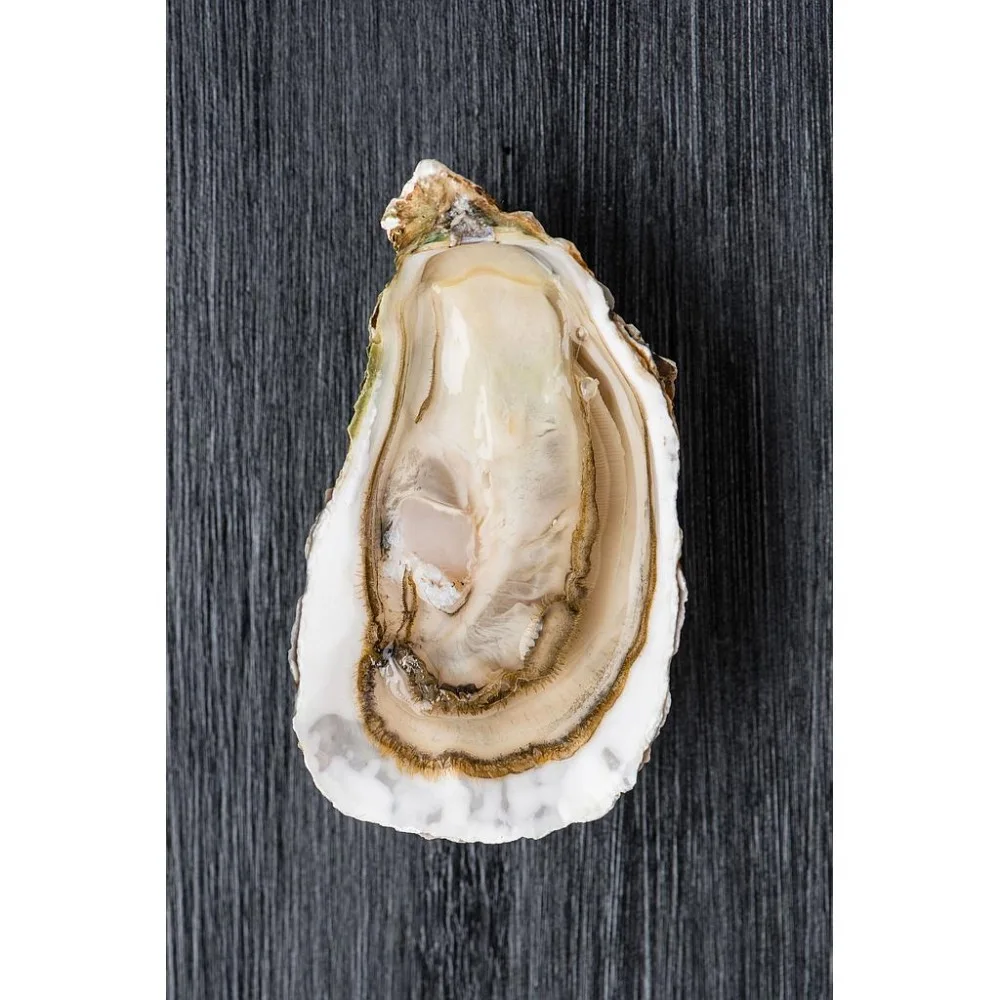
First, hatchery‐produced larvae of peanutfish (Stichopus horrens) before settlement were introduced in a tank in which bundles of coconut fibre, rolled mesh bags, and oyster shells were suspended to identify the most suitable settlement material. This study, for the first time, tested the applicability of WJC for tropical sea cucumbers. Wild juvenile collection (WJC) from settling larvae has been reported for two temperate holothurians (Apostichopus japonicus and Apostichopus californicus), mainly for the objective of restocking, but its applicability to tropical holothurians is unknown. Using JSC collectors will enable further identification of trends in sea cucumber recruitment and will give a better understanding of the distribution and behavior of JSC in various environments. From the collection results, it is clear that location, depth, and substrate influence the settlement of JSC. We show that wild juvenile giant red sea cucumber (Parastichopus californicus) can be collected using a commercial oyster cultch bag filled with Pacific oyster (Crassostrea gigas) shell.

For fishery managers to develop management practices that accelerate the recovery of overfished areas and to increase the survival rate of restocked organisms, they need an understanding of spatial and temporal trends in JSC distribution and abundance, as well as cost-effective recruitment monitoring techniques. Although sea cucumbers have been successfully cultivated for restocking, very little is known about wild juvenile sea cucumber (JSC) settlement, recruitment, growth, population dynamics, natural mortality, or their ecological role.


 0 kommentar(er)
0 kommentar(er)
